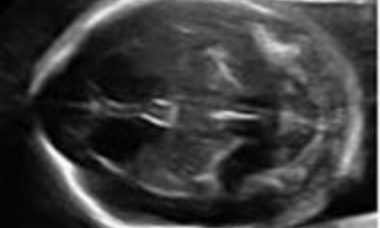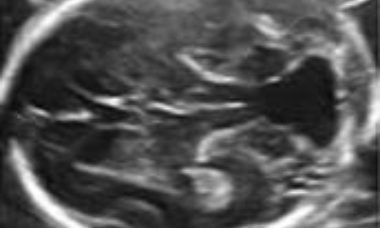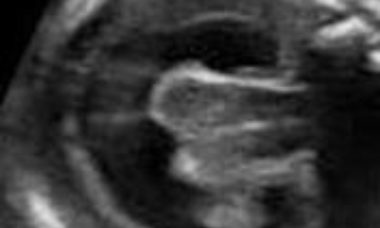Find out about the sessions that will address brain and brain anomalies and supplement your learning with ISUOG education resources including video lectures, guidelines and articles. Hear from Professor Laurent Salomon, Scientific Committee Chair, about why this topic is so important.
Program - Brain
-
ISUOG guideline: from screening to anomalies of the corpus callosum - Dario Paladini (Italy)
-
Corpus callosum anatomy at MRI - Daniela Prayer (Austria)
-
Genomic for corpus callosum anomalies - Tania Attie (France)
-
Live scan: brain scan examples - Dominic Iliescu (Romania)
-
Isolated and non-isolated ventriculomegaly: all you need to know - Magda Sanz Cortes (USA)
- How to analyse brain gyration - Karina Haratz (Israel)
Supplement your learning - brain
Supplement your learning with the following learning resource, including exlusively-released video content from ISUOG courses and Congresses, UOG articles and ISUOG guidelines.
Video lectures
Brain views that benefit from or are only possible with 3D
Watch this exclusively released lecture, delivered at ISUOG's 29th World Congress. Other resources available below.
VISUOG articles
Spina Bifida
Spina bifida is a defect of the vertebral arches. Most frequently the cavity of the neural tube is open. In a minority of cases the defect is closed by the overlying skin. Open spina bifida results in a U-shaped defect of the vertebrae in the axial plane, and is associated with typical cranial signs and clubfoot.
Dandy-Walker Complex
Under this term are included a group of conditions that share in common one sonographic findings: the impression that the fourth ventricle communicates with the cisterna magna. These conditions include: Dandy-Walker malformation, Blake’s pouch cyst, vermian hypoplasia/agenesis. They have a similar sonographic appearance, particularly in early gestation, and differentiation requires a multiplanar approach.
Holoprosencephaly
Holoprosencephaly derives from failure of separation of the cerebral hemispheres. In the most severe forms there is one undivided cerebral mass that contains a crescent shaped rudimentary ventricular cavity. In these cases, severe cranio-facial anomalies (cyclopia, hypotelorism, median cleft face) are associated.
Basic Training videos
Lecture 17: Distinguishing between normal and abnormal appearances of the skull and brain
This lecture was delivered by Dr Seshadri Suresh at ISUOG's Basic Training Course in Vienna, in September 2017.
Become a member to have access to all our educational resources and lectures from previous congresses and courses. Become a journal member to have full online access to all articles from Ultrasound in Obstetrics and Gynecology.



